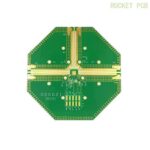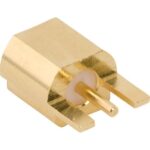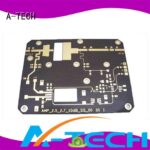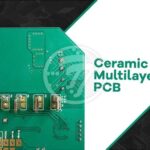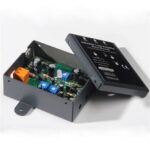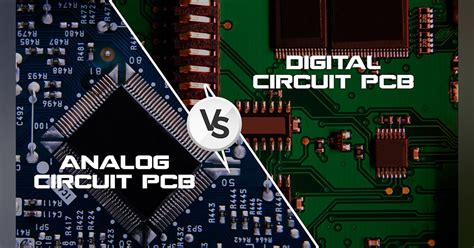
ALL ABOUT FLEX PCB
-
 Read more: Factors that Influence a High Frequency PCB Design
Read more: Factors that Influence a High Frequency PCB DesignUnderstanding High Frequency Signals Before diving into the specific factors that impact high frequency PCB design, it is essential to understand the nature of high frequency signals. High frequency signals, typically defined as signals with frequencies above 100 MHz, behave differently than their low Frequency Counterparts. At these higher frequencies, […]
-
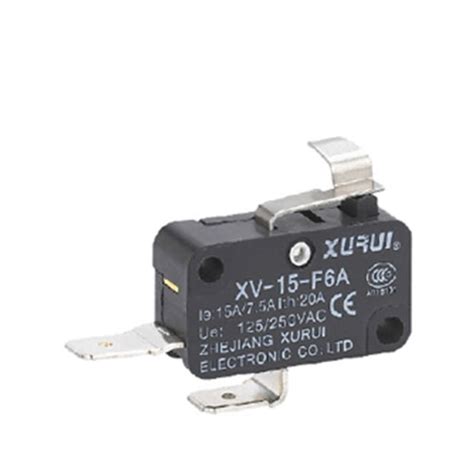 Read more: Micro Switches Types: Varieties of the Precise Snap-Action Change-Over Switches
Read more: Micro Switches Types: Varieties of the Precise Snap-Action Change-Over SwitchesIntroduction to Micro Switches Micro switches, also known as snap-action switches, are compact, precision switches widely used in various applications that require reliable and rapid switching. These electromechanical devices are designed to quickly change the state of an electrical circuit when an external force is applied to the actuator. Micro […]
-
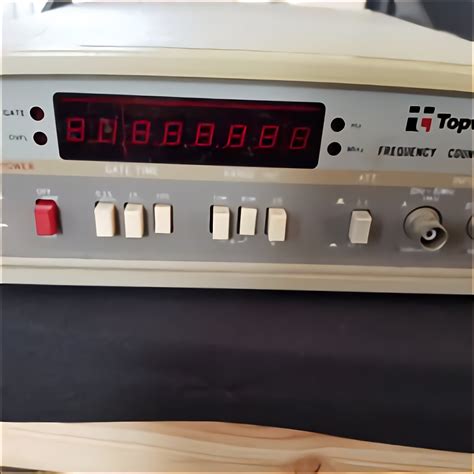 Read more: Frequency Counter Circuits: Everything You Need to Know
Read more: Frequency Counter Circuits: Everything You Need to KnowWhat is a Frequency Counter? A frequency counter is an electronic instrument that measures the frequency of a periodic electronic signal. It determines the number of cycles or pulses that occur within a specific time interval, typically one second, and displays the result in units of Hertz (Hz). Frequency counters […]
-
The Impact of COVID 19 on Medical PCB Industries
Posted by
–
 Read more: The Impact of COVID 19 on Medical PCB Industries
Read more: The Impact of COVID 19 on Medical PCB IndustriesHow COVID-19 Disrupted Medical Electronics Supply Chains One of the most immediate and severe impacts of the pandemic on the Medical PCB industry was the major disruption to global supply chains, especially in the early phases of the outbreak. Several key factors contributed to medical electronics supply chain issues: Lockdowns […]
-
 Read more: A Capacitor on Circuit Board: How to Change a Faulty One
Read more: A Capacitor on Circuit Board: How to Change a Faulty OneIntroduction to Circuit Capacitors A capacitor is an essential component in electronic circuits, playing a crucial role in storing and releasing electrical energy. These small but mighty devices are found on circuit boards in a wide range of electronic devices, from smartphones and computers to televisions and home appliances. When […]
-
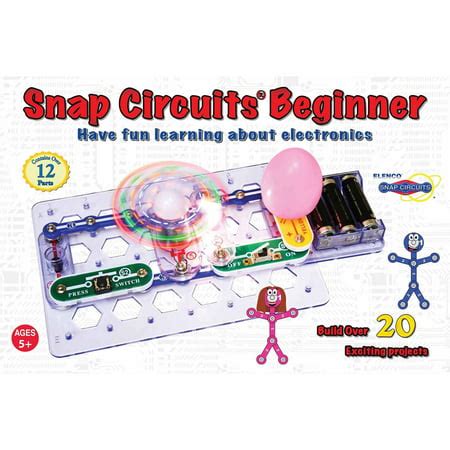 Read more: Electronic Circuits for Beginners: The Complete Guide
Read more: Electronic Circuits for Beginners: The Complete GuideWhat is an Electronic Circuit? An electronic circuit is a complete path through which electricity can flow to power components. It is made up of components like resistors, transistors, capacitors, inductors, and diodes connected by conductive wires or traces through which electric current can flow. The main purpose of an […]
-
Kelvin Connection: The Ultimate Beginner’s Guide
Posted by
–
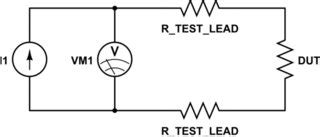 Read more: Kelvin Connection: The Ultimate Beginner’s Guide
Read more: Kelvin Connection: The Ultimate Beginner’s GuideWhat is a Kelvin Connection? A Kelvin connection, also known as a four-terminal sensing or 4-wire measurement, is a method used to accurately measure electrical resistance. This technique is particularly useful when measuring low resistance values or when the resistance of the connecting wires is significant compared to the resistance […]
-
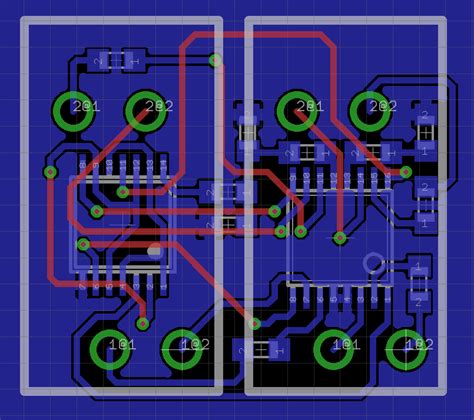 Read more: Everything You Need to Know about Designing a PCB Layout
Read more: Everything You Need to Know about Designing a PCB LayoutWhat is a PCB Layout? A Printed Circuit Board (PCB) layout is a detailed design of the physical arrangement of electronic components and their interconnections on a PCB. It is a crucial step in the PCB manufacturing process, as it determines the functionality, reliability, and manufacturability of the final product. […]
-
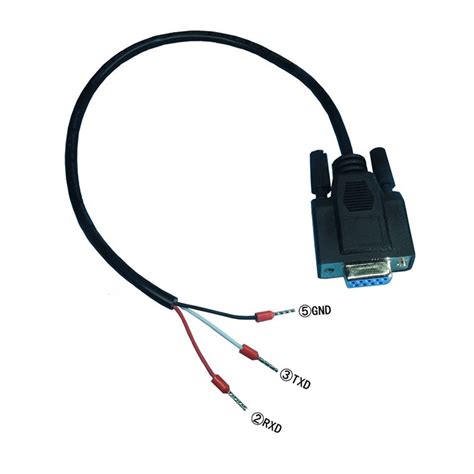 Read more: RS232 connectors – A Safe and Reliable Option for Your Network
Read more: RS232 connectors – A Safe and Reliable Option for Your NetworkIntroduction to RS232 Connectors RS232 connectors, also known as serial ports or DB9 connectors, have been a mainstay in the world of data communication for decades. Despite the advent of newer technologies like USB and Ethernet, RS232 connectors continue to be a reliable and safe choice for many networking applications. […]
-
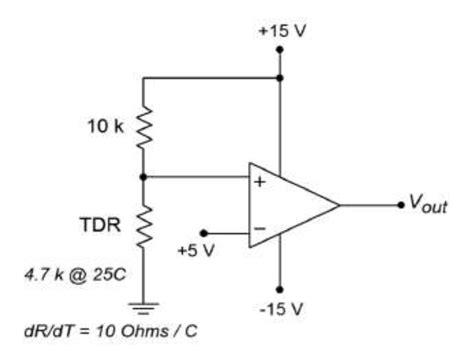 Read more: Voltage Comparator: An Introduction To Comparators
Read more: Voltage Comparator: An Introduction To ComparatorsWhat is a Voltage Comparator? A voltage comparator is an electronic circuit that compares two input voltages and outputs a digital signal indicating which voltage is higher. It is a fundamental building block in analog and mixed-signal circuit design, used in a wide range of applications such as analog-to-digital converters […]
